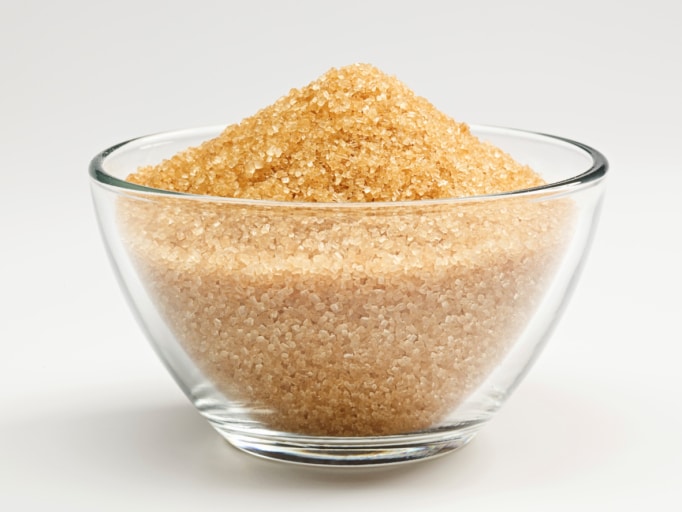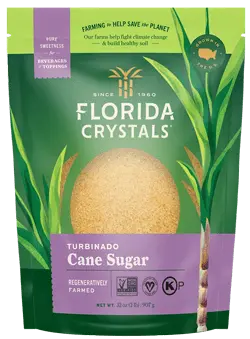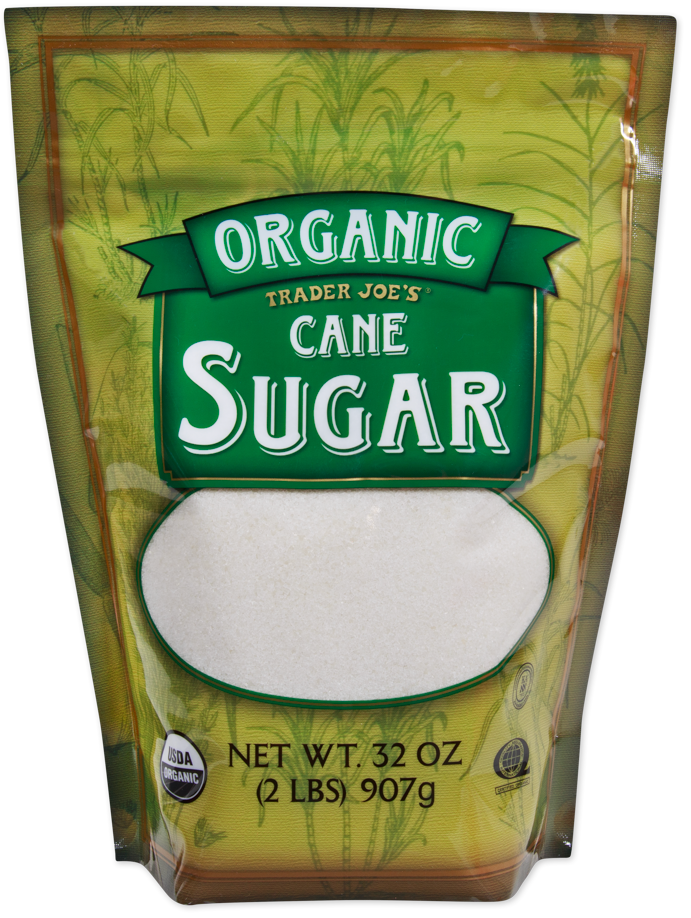Cane Sugar Processing: Traditional Techniques and Modern Innovations
Cane Sugar Processing: Traditional Techniques and Modern Innovations
Blog Article
Exploring the Comprehensive Steps Included in Walking Cane Sugar Processing From Harvesting to Refinement
The procedure of cane sugar production incorporates a collection of detailed actions, starting with the mindful harvesting of sugarcane and culminating in the improvement stages that guarantee the final item fulfills industry standards. Each phase, from the removal of juice to the filtration and condensation processes, plays an important duty in identifying the top quality and character of the sugar.
Gathering Sugarcane
Gathering sugarcane is a vital action in the walking stick sugar processing chain, as it straight influences the top quality and return of the last item. Correct timing and techniques are necessary throughout this phase to guarantee ideal sugar web content and minimize losses. Generally, sugarcane is collected when it gets to maturity, usually 12 to 18 months after planting, identified by a high sucrose concentration.

Post-harvest, the sugarcane needs to be processed promptly to stop sucrose deterioration. Preferably, gathered walking cane must be moved to processing centers within 1 day to preserve sugar high quality. Consequently, effective logistical planning is important to maintain the stability of the harvested plant throughout the supply chain.
Removal Process

The smashed cane goes through a collection of pushing procedures to maximize juice recovery. Normally, hot water is splashed onto the smashed walking cane, creating a countercurrent flow that aids dissolve the sugar while additionally assisting in the extraction process. The juice collected from this procedure includes not just sugar however likewise various natural compounds and contaminations.

To boost removal effectiveness, some facilities may use diffusion approaches, where the sugarcane is taken in warm water, permitting the soluble sugars to diffuse into the liquid. The resulting juice, rich in sucrose, is after that guided to subsequent handling stages, laying the structure for filtration and refinement. The extraction procedure is thus pivotal in establishing the top quality and yield of the last sugar product.
Purification Techniques
The purification strategies employed in cane sugar handling are crucial for changing the raw juice into a top quality sugar item. These techniques mostly intend to eliminate contaminations, such as soil, plant materials, and inorganic compounds, which can negatively influence the final product's taste and shade.
One of one of the most common filtration techniques is explanation. This process includes adding lime and heat to the raw juice, which facilitates the coagulation of contaminations. The resulting precipitate is then removed with sedimentation or purification, producing a more clear juice. Furthermore, the usage of phosphoric acid can improve the explanation procedure by additional binding pollutants.
One more significant strategy is carbonatation, where co2 is presented to the clarified juice. This reaction produces calcium carbonate, which records continuing to be contaminations and promotes their removal.
In addition, activated carbon therapy might be related to adsorb any remaining colorants and organic contaminations, making sure a more polished product. The combination of these techniques efficiently prepares the sugar juice for subsequent action in the refining process, establishing the stage for the production of high-quality cane sugar.
Formation Methods
After the filtration phase, the following important step in walking stick sugar handling includes crystallization methods, which play a crucial duty in transforming the cleared up juice right into solid sugar. This procedure normally utilizes two primary approaches: spontaneous crystallization and controlled crystallization.
In spontaneous crystallization, supersaturated sugar solutions are allowed to cool naturally, leading to the formation of sugar crystals over time. This method permits for the uniform development of sugar click for source crystals and higher pureness.
During condensation, the cleared up juice is focused through dissipation, raising its sugar web content up until it reaches supersaturation. When this factor is attained, either approach can facilitate the condensation procedure. Cane Sugar Processing. The resultant sugar crystals are after that separated from the continuing to be syrup via centrifugation
Ultimately, the choice of crystallization approach influences the top quality, dimension, and pureness of the final sugar product, making this step necessary in the total cane sugar handling procedure.
Improvement and Product Packaging
Just how can the purity and top quality of walking cane sugar be further improved after crystallization? The improvement process plays an essential role in achieving premium cane sugar. Complying with formation, sugar undertakes a detailed cleaning to get rid of impurities and residual molasses. This is commonly achieved utilizing warm water or vapor, which aids liquify and extract unwanted elements while preserving the sugar crystals.
Next, the sugar undergoes a procedure called centrifugation, where it is spun at broadband to separate the cleansed sugar crystals from the remaining liquid. After centrifugation, the sugar is frequently further improved via a method called carbonization or phosphatation, which utilizes activated carbon or phosphoric acid to remove shade and off-flavors.
As soon as fine-tuned, the sugar is dried to attain the wanted moisture web content, guaranteeing that it continues to be secure throughout storage and transport. The last step entails packaging the refined sugar in moisture-proof and closed containers to keep its top quality and stop contamination. Cane Sugar Processing. Correct packaging not only extends life span however additionally assists in easy handling and distribution, guaranteeing that consumers obtain sugar that meets the highest possible requirements of pureness and top quality
Conclusion
The comprehensive steps associated with walking stick sugar processing, from the precise harvesting of sugarcane to the elaborate improvement and product packaging phases, underscore the significance of each phase in making sure top quality sugar production. Ideal harvesting methods, reliable extraction techniques, and rigorous purification processes jointly add to the final item's pureness and stability. The crystallization and succeeding product packaging practices additionally boost read the article the stability and life span of the sugar, highlighting the complexity and precision fundamental in this crucial agricultural industry.
The procedure of walking stick sugar manufacturing includes a collection of elaborate actions, starting with the careful harvesting of sugarcane and finishing in the refinement phases that make certain the final item satisfies market standards. Ideally, harvested walking stick must be transferred to refining facilities within 24 hours to maintain sugar high quality.In spontaneous crystallization, supersaturated sugar remedies are permitted to cool down normally, leading to the development of sugar crystals over time - Cane Sugar Processing. The refinement process plays an essential function in achieving high-quality walking cane sugar.The comprehensive steps included in cane sugar handling, from the thorough harvesting of sugarcane to great site the complex refinement and packaging phases, emphasize the significance of each stage in ensuring top notch sugar production
Report this page